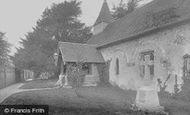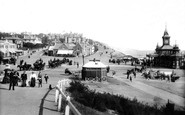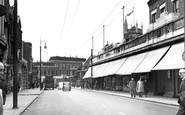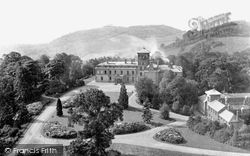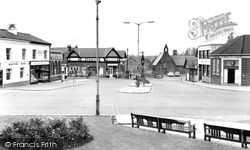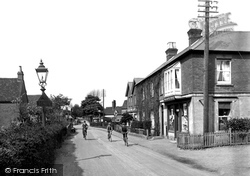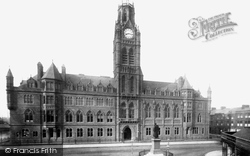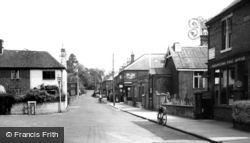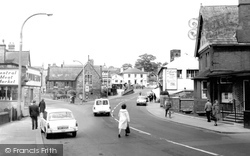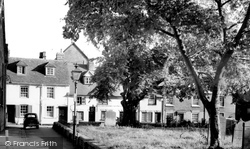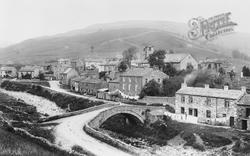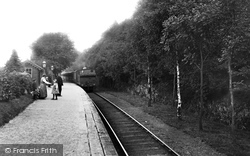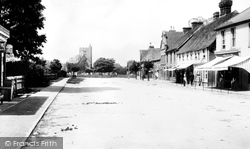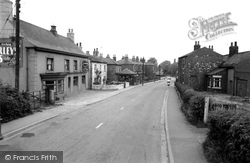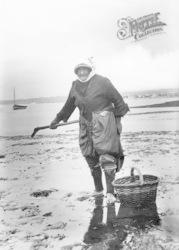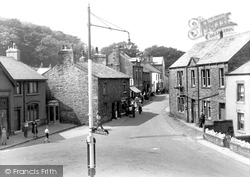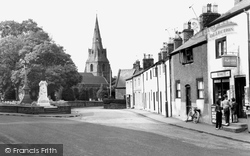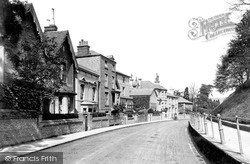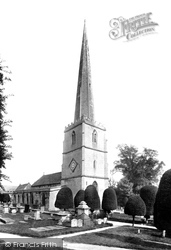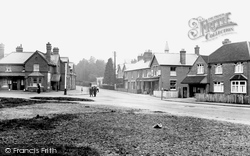Places
3 places found.
Those places high-lighted have photos. All locations may have maps, books and memories.
Photos
68 photos found. Showing results 1,541 to 68.
Maps
12 maps found.
Books
15 books found. Showing results 1,849 to 15.
Memories
7,564 memories found. Showing results 771 to 780.
Evacuation
I was evacuated about 1943. I can remember a field, I think of cauliflowers, opposite, and a bluebell wood somewhere at the bottom of the road. The people next door were called Ackridge(I don't know if that's spelt right), they had ...Read more
A memory of Cudworth in 1943 by
Netherthong In The First World War Part 3
Private John Henry Hoyle was born in Wilson Square in 1879 and he joined the Royal Welsh Fusiliers (Teacher Battalion) in January 1916. He was reported as missing and his body was found on March ...Read more
A memory of Netherthong by
My Memories Of Kirkheaton
Kirkheaton was such a great place to live, I went to infant school at the bottom of Fields Way (I lived on Fields Way till I was 19 years old), I also went to Kirkheaton C of E School and can remember most of the ...Read more
A memory of Kirkheaton in 1956 by
Left And Forgotten
I am now 66 and my memory of beautiful Mile Oak is as clear today as it was 55 years ago. Sadly I was one of them naughty boys (as you villagers branded us). My crime was taking 2/6p off a windowsill back here in Folke stone, ...Read more
A memory of Mile Oak in 1955 by
All Saints Church, Little Bookham
This church is called All Saints' Church. It is next to the Manor House School to which I attended in the early 1990s. I was christened at this church and this weekend I will be getting married here. The ...Read more
A memory of Little Bookham by
Drayton Jottings
Drayton Jottings. Auntie Alice, in Kings Avenue, regularly seen, out on her front doorstep, she kept it clean, the 'raddled' red stone was buffed to a shine, 'Old fashioned traditions', here continued,so fine. one day, ...Read more
A memory of Market Drayton by
Holidays
I can remember coming into Diss station (1953 onwards) as if it was yesterday. I and my family came up from West Ewell, Surrey to stay with my aunt and uncle at Redgrave every year for our school summer holiday. My cousins and my sister ...Read more
A memory of Diss by
My Dear Home Town Of Bournemouth
I was born there in 1928, in Boscombe Hospital, Bournemouth, and lived in Bournemouth till 1962. There is no where like Bournemouth, lovely beaches, stores, theatres, the Chines, and Shell Bay. An excursion to ...Read more
A memory of Bournemouth in 1940 by
Bearmans
Bearmans was the big department store on the site which is now occupied by the Coop or Leo's. I remember the toy department at Christmas was fantastic with an enormous model train layout in the centre of the floor which would take ...Read more
A memory of Leytonstone in 1956
St Vincent Road
I lived at the bottom of St. Vincent Road, near to Temple Hill Estate and Bow Arrow Lane. We used to play in the fields and I remember Temple Hill Estate being built. I remember the air raids in the war and the bomb falling in ...Read more
A memory of Dartford in 1945 by
Captions
2,501 captions found. Showing results 1,849 to 1,872.
Abberley Hall is part of an estate dating back to the Norman Conquest, when King William gave it to his supporter Todeni. The present house, seen here, goes back only to 1845.
Bromborough is an ancient settlement that dates back to Saxon times when King Alfred's daughter, Ethelfleda, had a monastery built here.
The village stands at the foot of the Hog's Back close to Aldershot, but it is actually in the parish of Guildford.
Charminster dates back to at least Saxon times.
St Mary's, the parish church of Higher Brixham, was the town's original place of worship, dating back to the 15th century. There are some impressive altar tombs and a font dating back to the 1300s.
St Mary's, the parish church of Higher Brixham, was the town's original place of worship, dating back to the 15th century. There are some impressive altar tombs and a font dating back to the 1300s.
Towards the end of the 19th century it was decided that the town needed a town hall commensurate with its new affluent status.
Spring Lane, originally called Back Lane, branches off from Riverside and can be seen at the top centre turning back into the main road. This is the centre of the old village.
The discovery of the Barnsley Main coal seam totally transformed the town from relying on agriculture to mining the new gold, coal.
In this view, the photographer looks back past the Bucks Evangelistic Mission Hall to the Georgian-fronted cottages on the right of photograph number A84022.
Sheffield in the Victorian period also saw a very large expansion of its housing stock not only to house the rapidly growing number of workers in the light and heavy steel industries but also to
The village of Muker, set toward the western end of the dale, dates back to 1274. After a chapel of ease was built here in 1580, the delightfully named Corpse Way gradually fell into disuse.
Here we have a quintessential country branch line railway station scene, with the Furness Railway Greenodd to Lakeside train approaching the platform.
During the 15th century, Headcorn was a cloth-making centre which prospered with the arrival of Flemish weavers, and its single, long street has several fine buildings dating back to that time.
Beverley's beers were certainly best at the Horse and Jockey (left) back in 1959. Now the village's oldest pub is almost the only remaining building in this picture.
This old woman is 'scratting' (scratching) the sands for the dark-coloured Devon cockles.
This old woman is 'scratting' (scratching) the sands for the dark-coloured Devon cockles.
We are at the top of Main Street, looking back down through the village from the bus station.
This is the old village centre. The unusual war memorial and cross are on the left, and the massively-buttressed tower of the parish church dominates the skyline.
The aftermath of the recession left businesses striving to become more efficient.
n Victorian times Dorking was still a very rural town with a wide market place in the centre. The shops displayed their wares to the elements.
n Victorian times Dorking was still a very rural town with a wide market place in the centre. The shops displayed their wares to the elements.
The church at Painswick has a right-angled, almost fortress-like chapel, which dates back hundreds of years.
By the time this photograph was taken, Crowthorne was firmly established as a community, though the centre of the village really only dates back to the 1860s.
Places (3)
Photos (68)
Memories (7564)
Books (15)
Maps (12)

